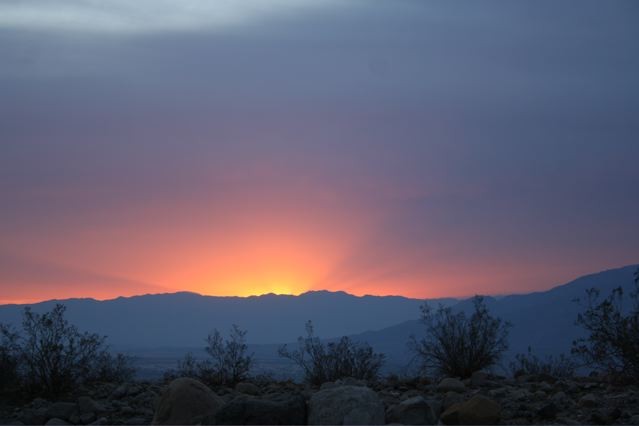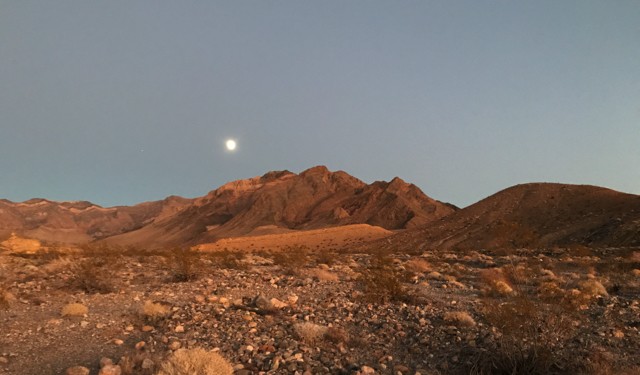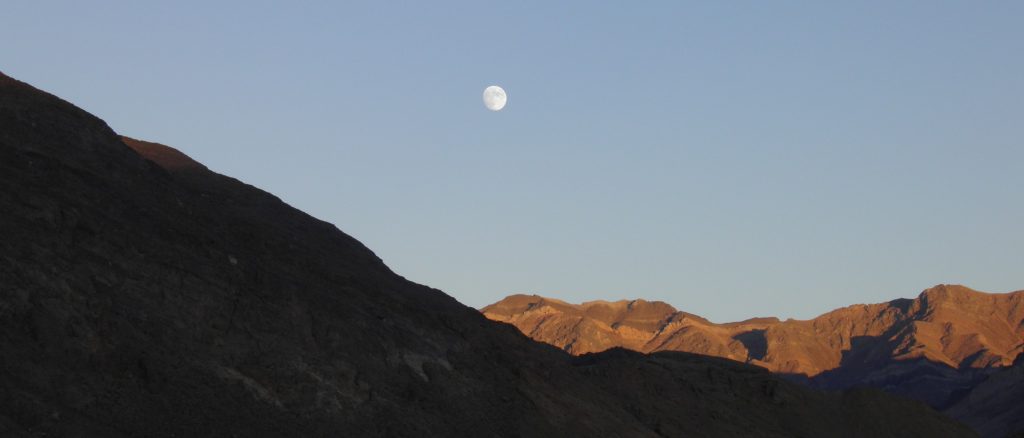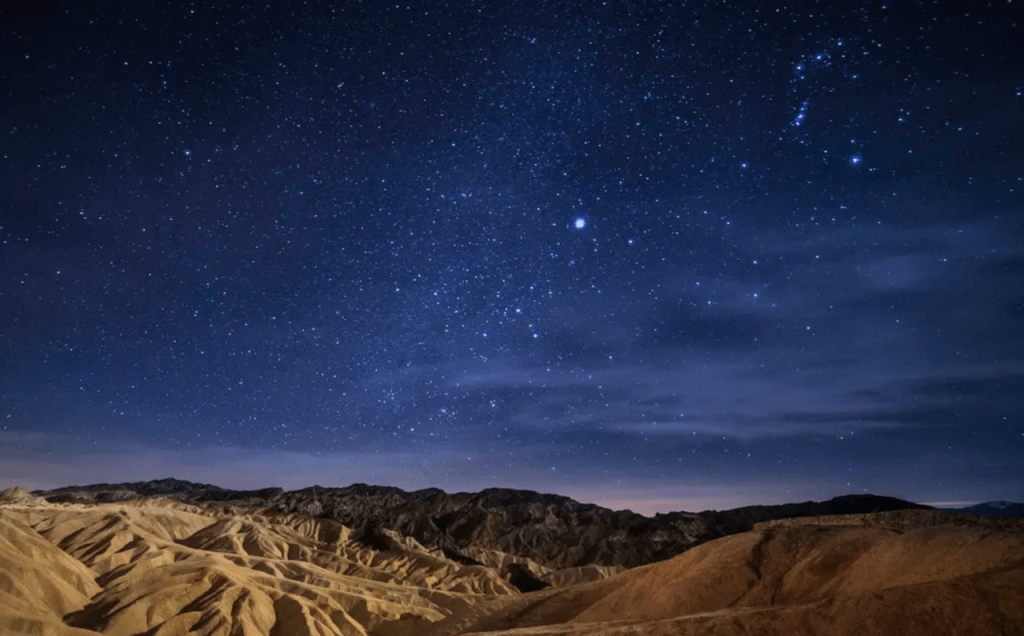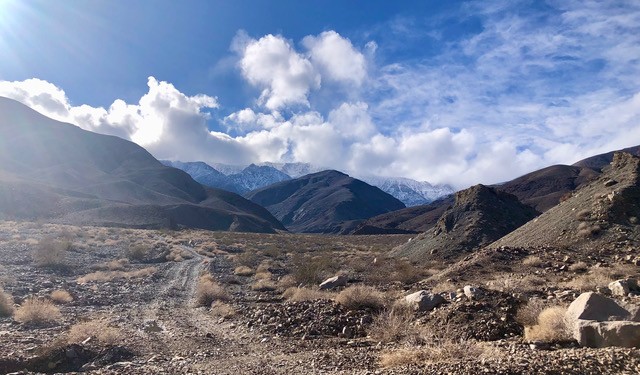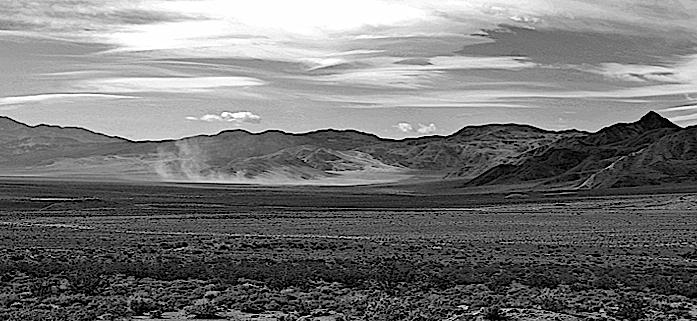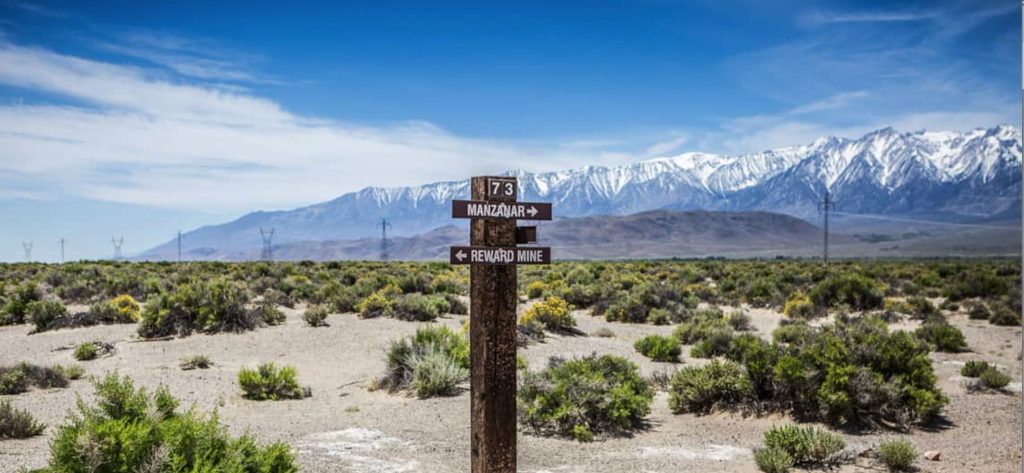Dying as a Rite of Passage
For millennia, indigenous people of all our bloodlines have known “how to die”, with the natural world as our teacher from the beginning of time. Cycles of dying and rebirth are seen everywhere: the setting and rising of the sun, the turning of the seasons, the death of the elderly alongside the birth of a…
Read MoreA Light in the Dark – Forgiveness and Apology in a Wounded World
This program invites us to meet the trials of our times with courage and
honesty. In an era of upheaval and fear, we ask: How do we source our own light in the dark? To do so, we must tend to the personal wounds that shape our relationships and the world around us. Through the Death Lodge practice, we reflect on what remains unfinished in our lives. Guided by the wisdom of the modern hospice movement and the Four Shields, we gather in councils, teachings, nature walks, and a 24-hour solo, exploring the grace of forgiveness and apology.
The Great Ballcourt Initiation – Fall Fast
Death is the ultimate agent of transformation—be it a physical death or “the little deaths” encountered throughout life. Indigenous cultures developed rituals to aid and guide people through these stages of change and renewal, utilizing the power of death to enhance and intensify these experiences. For the Mayan people this ceremony was played out on…
Read MoreThe Great Ballcourt Initiation – Spring Fast
Death is the ultimate agent of transformation—be it a physical death or “the little deaths” encountered throughout life. Indigenous cultures developed rituals to aid and guide people through these stages of change and renewal, utilizing the power of death to enhance and intensify these experiences.
Read MoreWalking Into That Good Night: Exploring Our Relationship With Dying & Death
Physical death is the ultimate rite of passage that we are preparing for on some level throughout
our life. Sometimes this “preparing” looks like denial; sometimes sudden illness or life-threats
surprise us into looking squarely at the inevitable truth. The more consciously we can turn our
attention to our mortality, the more able we are to turn our life’s focus toward that which truly
matters to us during this one precious lifetime.
Walking Into That Good Night: Exploring Our Relationship With Dying & Death
Physical death is the ultimate rite of passage that we are preparing for on some level throughout
our life. Sometimes this “preparing” looks like denial; sometimes sudden illness or life-threats
surprise us into looking squarely at the inevitable truth. The more consciously we can turn our
attention to our mortality, the more able we are to turn our life’s focus toward that which truly
matters to us during this one precious lifetime.
Let Go into the Mystery: The East Shield of Living and Dying
Throughout time and cultures, people have crossed borders of their ordinary lives seeking contact with the Mystery. An experience of Oneness, it is beyond any fixed identity. Called by many names, known in a myriad of ways, yet it is ungraspable. In the wide-open view of this Mystery, living and dying are fundamentally interdependent. So too is our recognition of being wholly and completely interconnected with it all.
Read MoreThe Great Ballcourt Initiation – Fall Fast
Death is the ultimate agent of transformation—be it a physical death or “the little deaths” encountered throughout life. Indigenous cultures developed rituals to aid and guide people through these stages of change and renewal, utilizing the power of death to enhance and intensify these experiences. For the Mayan people this ceremony was played out on…
Read MoreFinding Purpose and Meaning through the Practice of Living and Dying
Life is the primal impulse towards a never ending search for vitality and also the struggle to survive. Without death the life force could not exist. It has been said we come into the world with death beside us. And in the end our physical death is the ultimate rite of passage. This begs the questions: What is my relationship with my own mortality? How does the certainty of my own death inform my life? What are contemporary practices to support living and dying in these complex times of cultural and environmental crisis and “the great separation” from self and nature?
Read MoreLiving in a Time of Dying: The Four Shields in the Anthropocene
We are living in a time of rapid change, disintegration and emergence on planet Earth – what many call apocalyptic times. From the compounding and inequitable crises of climate change and pandemic, to the impacts of globalization and colonization, systems are falling apart all around us and it seems there is no way back to…
Read More

